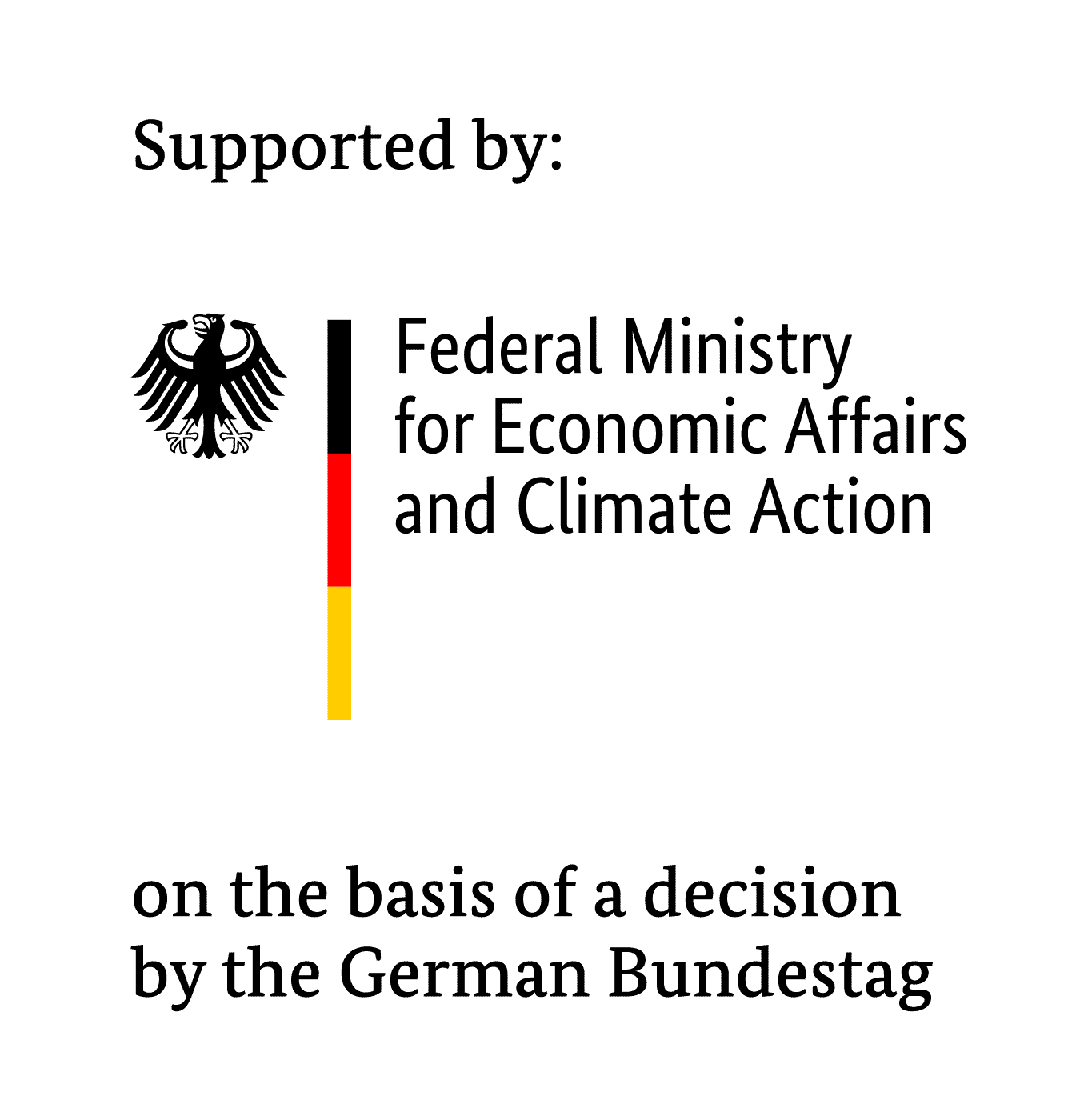Projectname:
Research and method development of microplastic in complex food products
Workgroup: Preservation of food quality
Research Partner and Scientific Guidance:
IGF: 01IF00373E
Financing: BMWK
Duration: 2024 – 2026
Background: Microplastic (MP) accompanies us in nearly all areas of our daily life. In this context, the possible exposure and ingestion of MP by humans is a highly relevant topic and the presence of this ubiquitous contaminant in food and beverages is gaining increased public attention. The development of reliable analysis tools for the analyses of this small and highly diverse group of particles is crucial, yet demanding. In the ongoing ‘microplasticATfood’ project, methods for sample preparation and detection of MP in ‘simple’ matrices, such as aqueous beverages and soluble foods were developed and successfully applied. Yet, the urgent need arose for further method development in sample purification and detection of MP in complex matrices, such as turbid beverages or solid food matrices. It became evident that only reliable MP data on a wide range of products and sectors allows for effective source tracing and the implementation of mitigation strategies and thus serves as a basis for proper risk assessment.
Research approach and innovation: Relevant findings from the predecessor project will be taken as the basis to set up an advanced and innovative methodology for the MP analysis in complex food matrices. MICROPLEXFOOD will thus focus on the detection of MP particles in dairy products, fish, processed meat and turbid beverages. Since the presence of food matrix components interferes with the spectroscopic analysis of MP, the use of elaborated enzymatic and/or chemical digestion steps is necessary for MP isolation. In addition to particle-based analysis with FTIR and Raman microscopy, a mass-based MP analysis via pyrolysis-GC/MS will be used and the outcome of both analytical approaches will be compared and evaluated via interlaboratory trials. For optimisation of the exhaustive data analysis, management and visualisation, machine learning aided automated MP identification and the implementation of a customised MP database is an integral part of the project. As a result potential MP sources to foodstuff will be identified and targeted mitigation strategies developed.
Economic impact and outcome: Elaborated standard operating procedures (SOPs) for MP sample preparation and analysis in complex foods will ensure reproducibility and comparability. Countermeasures for the reduction of MP in foodstuff will be provided. Knowing the possible origin of MPs in their products will give small and medium enterprises (SMEs) important pre-competitive know-how for defining mitigation measures. Their proactive commitment to reduce MP will ensure a decrease of MP exposure for the consumers, minimisation of potential health risks and can be used beneficially in product marketing.

The IGF project presented here by the Research Association of the Industrial Association for Food Technology and Packaging (IVLV e.V.) is funded by the Federal Ministry for Economic Affairs and Climate Action as part of the program for the promotion of industrial community research (IGF) based on a decision of the German Bundestag.